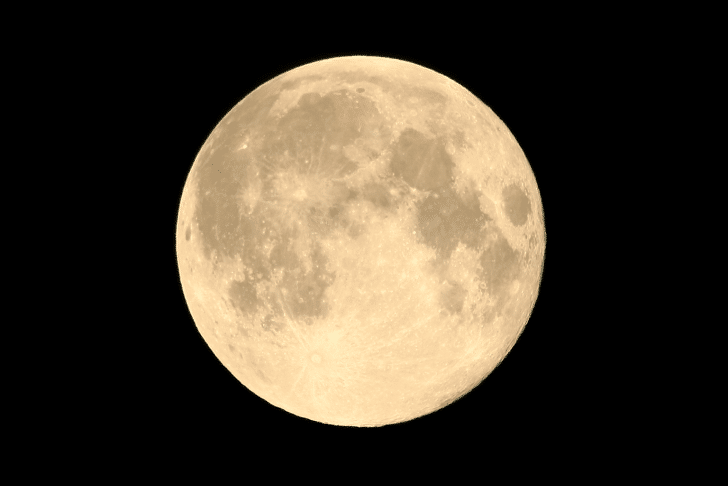Lunar lovers, mark your calendars! The enchanting Strawberry Moon is set to light up the night sky this June — a stunning celestial event you won’t want to miss.
Often considered the final full moon of spring or the first of summer, the Strawberry Moon is known for its warm amber glow and, at times, a soft pinkish hue that earns it its sweet name.
This will be the sixth full moon of 2025’s total twelve — and it promises to be a memorable one.
On rare occasions, the Strawberry Moon coincides with the summer solstice. That happened back in 2016, when NASA astronaut Jeff Williams captured its “spectacular rise” from the International Space Station.
In 2023, this full moon bathed New York City’s Statue of Liberty in light, resulting in breathtaking early-morning images.

Why Is It Called the “Strawberry Moon”?
According to the Old Farmer’s Almanac, the name comes from the traditional June strawberry harvest. Many full moons are named after seasonal markers — like May’s “Flower Moon,” which nods to the blooming season.
Western Washington University notes that the term “Strawberry Moon” has been used by various Indigenous tribes, while others referred to this lunar event as the “Hatching Moon,” “Birth Moon,” “Hot Moon,” or “Blooming Moon” — each name celebrating life and seasonal transformation.
In parts of Europe, June’s full moon was sometimes called the “Rose Moon” or the “Honey Moon,” tied to the first honey harvest of the year.
When to See the 2025 Strawberry Moon
The best time to witness the Strawberry Moon will be on the evening of June 10, as it rises around sunset in the southeastern U.S., casting a golden hue across the sky. The moon reaches its peak illumination at 3:44 A.M. ET on June 11.
Exact moonrise times vary depending on your location — for instance, expect it around 8:00 p.m. in Los Angeles and 8:30 p.m. in New York.
This year, the moon will also briefly block the bright red star Antares, part of the Scorpius constellation, in an astronomical event known as an occultation. Observers in Australia, New Zealand, and the South Pacific will have the rare chance to view this stunning alignment. In the western South Pacific, this will happen around twilight, while in the eastern region, Antares will be occulted around 7:00 p.m. local time.
Best Viewing Tips
To experience the Strawberry Moon in all its glory, find a high vantage point with a clear view of the eastern horizon and minimal light pollution.
From the Northern Hemisphere, June’s Strawberry Moon also marks the lowest-hanging full moon of the year, due to a phenomenon known as a major lunar standstill — the most significant one since 2006. This rare alignment, which occurs every 18.6 years, causes the moon to rise and set at its most extreme northern and southern points.
NASA recommends giving your eyes ample time to adjust to the darkness for optimal naked-eye viewing. For an even closer look, grab a pair of binoculars or a telescope to spot details like the moon’s rugged mountains and ancient impact scars.
